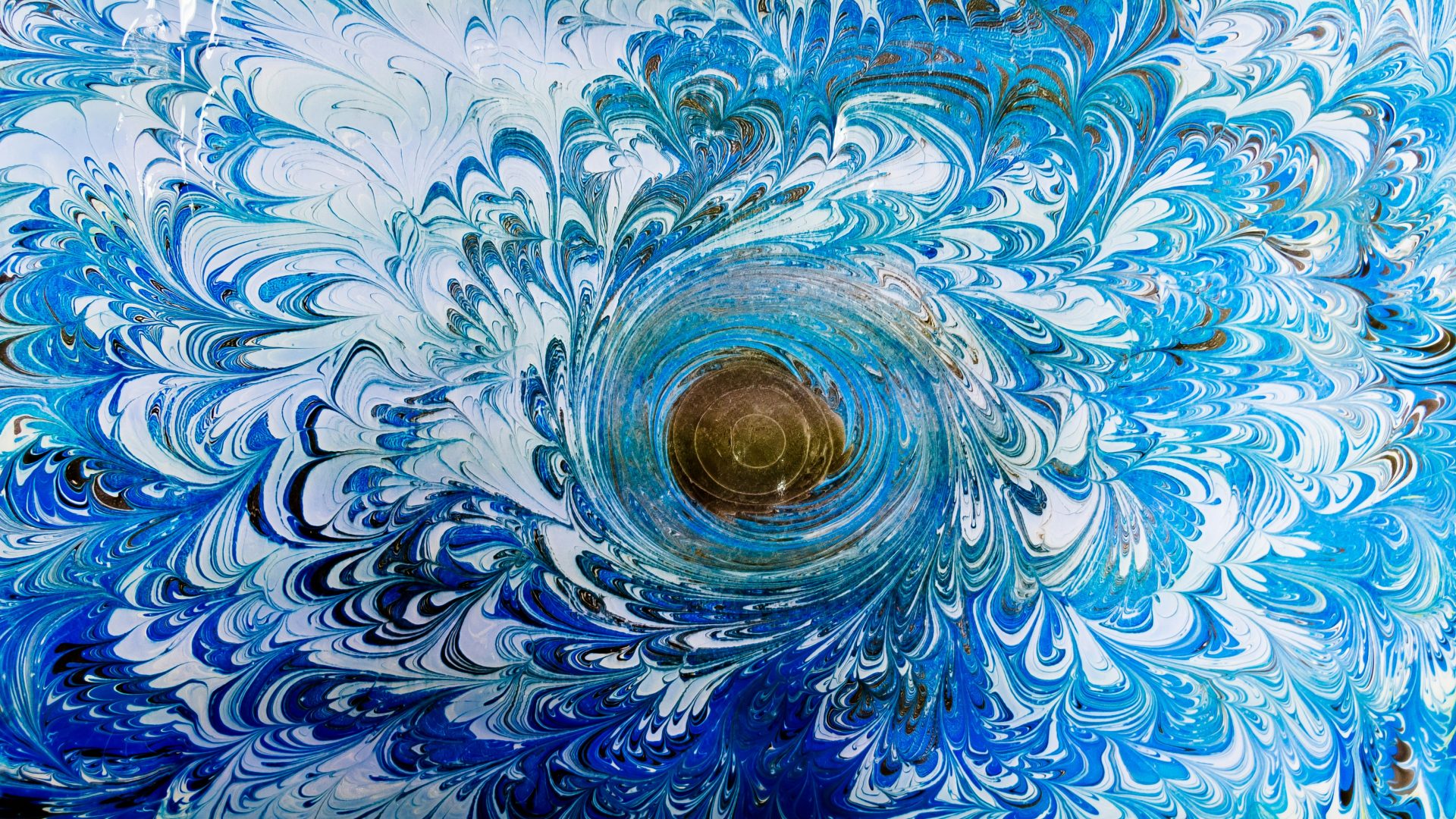The Origin of Tea: Legend of Shennong and the Divine Leaf

Before diving in, please note: This post is for informational purposes only. If you’d like to know more about how we approach topics, feel free to check out our friendly Disclaimer Page.
Hey there, amazing readers! 🖐️ Just a quick note: yes, we know there are a lot of ads here. Trust us, we get it—it’s not the prettiest look, but they help us keep this blog alive and kicking. Those pesky little ads cover the costs of all the behind-the-scenes magic, from hosting and tech stuff to creating content we hope you’ll love.
We’re committed to delivering quality posts, and your support (even just sticking around despite the ads) means everything to us. So, bear with us, and thanks for helping us keep the good vibes rolling. Now, on to the fun stuff! 😉
TRANSLATE BUTTON AT THE END OF THE ARTICLE
The Origin of Tea: Legend of Shennong and the Divine Leaf
Tea, a beloved beverage enjoyed by millions around the world, has a rich and intriguing history that dates back thousands of years.
Legend has it that tea was discovered by the legendary Chinese emperor Shennong, also known as the "Divine Farmer." This article delves into the mythical beginnings of tea, its early medicinal uses, its evolution from medicine to beverage, and its spread across Asia and beyond.
We will also explore the rituals, ceremonies, and symbolism associated with tea in Chinese culture, the various tea varieties available today, and the contemporary trends in tea culture.
Join us on this journey as we unravel the origins and enduring legacy of tea.
Introduction to Tea: A Brief History and Significance
Tea, derived from the leaves of the Camellia sinensis plant, is believed to have originated in ancient China.
It is not only a popular beverage but also an essential part of numerous cultures and traditions.
The word "tea" is derived from the Chinese word "té" or "chá," which refers to the drink made from the leaves of the tea plant.
From its humble beginnings, tea has become a global phenomenon, with countless varieties and preparation methods across different cultures.
Its significance transcends borders, making it one of the most widely consumed beverages worldwide.
Mythical Beginnings: Shennong, the Legendary Emperor
According to Chinese mythology, the discovery of tea can be attributed to Emperor Shennong, a legendary figure in ancient China.
Emperor Shennong, also known as the "Divine Farmer," is credited with inventing agriculture and introducing the concept of herbal medicine to the Chinese people.
It is believed that Shennong discovered tea while he was boiling water under a Camellia sinensis tree.
Some leaves from the tree fell into the pot, and the resulting brew became known as tea.
This serendipitous discovery marked the beginning of a beverage that would captivate the world for centuries to come.
Shennong’s Discovery: Unraveling the Divine Leaf
Shennong’s discovery of tea was not merely accidental, but a result of his profound knowledge of plants and their medicinal properties.
As a skilled herbalist, he dedicated his life to studying and cataloging the medicinal properties of various plants.
When he discovered tea, he recognized its potential as a potent healing and restorative herb.
Shennong’s understanding of the benefits of tea went beyond its taste and refreshing qualities, and he began using it to treat various ailments and promote general well-being.
Early Medicinal Uses: Tea’s Healing and Restorative Properties
Tea was initially used primarily for its medicinal properties.
Ancient Chinese texts mention its use as a remedy for digestive disorders, fatigue, and even as a detoxifying agent.
Shennong himself documented tea’s ability to help with digestion, reduce inflammation, and promote mental alertness.
As the knowledge of tea’s medicinal benefits grew, it became an essential part of traditional Chinese medicine and was incorporated into various herbal remedies.
Tea’s Evolution: From Medicine to Beverage
Over time, tea transitioned from being solely a medicinal herb to a popular beverage.
The shift occurred during the Tang Dynasty (618-907 AD), when tea began to be consumed for pleasure rather than solely for its therapeutic effects.
Tea’s popularity grew rapidly during this period, with tea houses and tea gardens becoming social hubs for people to gather and enjoy the beverage together.
The cultivation and production of tea also advanced during this time, with innovative methods developed to enhance its taste and aroma.
Tea Cultivation: Early Techniques and Spread Across Asia
The cultivation of tea began in ancient China, and over the centuries, various techniques were developed to grow and harvest tea plants.
Early cultivation methods involved planting tea seeds and allowing the plants to grow naturally.
As tea production increased, more sophisticated techniques, such as pruning, grafting, and selective breeding, were introduced to improve yield and quality.
From China, the art of tea cultivation spread to neighboring countries such as Japan, Korea, and India, each developing their own unique tea traditions and practices.
Explore the Path to Spirituality and Enlightenment – Start Here.
Tea in Chinese Culture: Rituals, Ceremonies, and Symbolism
Tea holds a special place in Chinese culture, where it is not just a beverage but a symbol of hospitality, respect, and harmony.
The Chinese have developed elaborate rituals and ceremonies around tea preparation and consumption.
One such ceremony is the Gongfu Cha, which involves the precise brewing and serving of tea to enhance its flavor and aroma.
Tea is also used in traditional Chinese weddings, where it symbolizes fertility and a harmonious union.
The symbolism of tea extends to everyday life, where offering tea to guests is seen as a gesture of hospitality and friendship.
Tea’s Global Influence: Expansion Beyond China
While tea originated in China, it didn’t take long for its popularity to spread to other parts of the world.
In the 16th century, tea was introduced to Europe through trade routes established by the Portuguese and Dutch.
It quickly became a sought-after commodity, leading to the establishment of tea plantations in British colonies such as India and Sri Lanka.
Tea’s global influence continued to grow, and it eventually became the second most consumed beverage worldwide, surpassed only by water.
Tea Varieties: Exploring the World of Different Leaves
Today, there are countless varieties of tea available, each with its own unique characteristics and flavors.
The main types of tea include green tea, black tea, oolong tea, white tea, and herbal infusions.
Green tea, known for its delicate taste and numerous health benefits, is the most commonly consumed type of tea in China and Japan.
Black tea, with its robust flavor and higher caffeine content, is a favorite in Western countries.
Oolong tea, a partially fermented tea, offers a balance between the flavors of green and black tea.
White tea, made from young tea buds, is known for its subtle and delicate taste.
Herbal infusions, such as chamomile and peppermint, are caffeine-free and offer a wide range of flavors and health benefits.
Contemporary Tea Culture: From Traditional to Modern Trends
While traditional tea ceremonies and rituals still hold importance in many cultures, tea culture has evolved with the changing times.
In addition to traditional preparations, modern trends such as bubble tea, matcha lattes, and flavored tea blends have gained popularity worldwide.
Tea has become more than just a beverage; it has become a part of an experiential lifestyle.
Tea shops and cafes have become trendy meeting places, offering a wide selection of teas and innovative brewing methods.
The popularity of tea as a health drink has also led to the rise of tea sommeliers and tea tasting events, where enthusiasts can explore the nuances of different tea varieties.
Conclusion
Tea’s journey from its mythical beginnings with Emperor Shennong to its global prominence today is a testament to its enduring appeal.
From its medicinal uses in ancient China to its place as a beloved beverage worldwide, tea has captivated millions with its diverse flavors, health benefits, and cultural significance.
Whether enjoyed as part of a traditional ceremony or in a modern café, tea continues to bring people together, offering moments of tranquility, connection, and contemplation.
As we raise a cup of tea, we honor the legacy of Shennong and the countless generations who have experienced the magic and comfort of this divine leaf.

The Enlightenment Journey is a remarkable collection of writings authored by a distinguished group of experts in the fields of spirituality, new age, and esoteric knowledge.
This anthology features a diverse assembly of well-experienced authors who bring their profound insights and credible perspectives to the forefront.
Each contributor possesses a wealth of knowledge and wisdom, making them authorities in their respective domains.
Together, they offer readers a transformative journey into the realms of spiritual growth, self-discovery, and esoteric enlightenment.
The Enlightenment Journey is a testament to the collective expertise of these luminaries, providing readers with a rich tapestry of ideas and information to illuminate their spiritual path.
Our Diverse Expertise 🌟
While our primary focus is on spirituality and esotericism, we are equally passionate about exploring a wide range of other topics and niches 🌍📚. Our experienced team is dedicated to delivering high-quality, informative content across various subjects ✨.
To ensure we provide the most accurate and valuable insights, we collaborate with trusted experts in their respective domains 🧑🏫👩🏫. This allows us to offer well-rounded perspectives and knowledge to our readers.
Our blog originally focused on spirituality and metaphysics, but we’ve since expanded to cover a wide range of niches. Don’t worry—we continue to publish a lot of articles on spirituality! Frequently visit our blog to explore our diverse content and stay tuned for more insightful reads.










